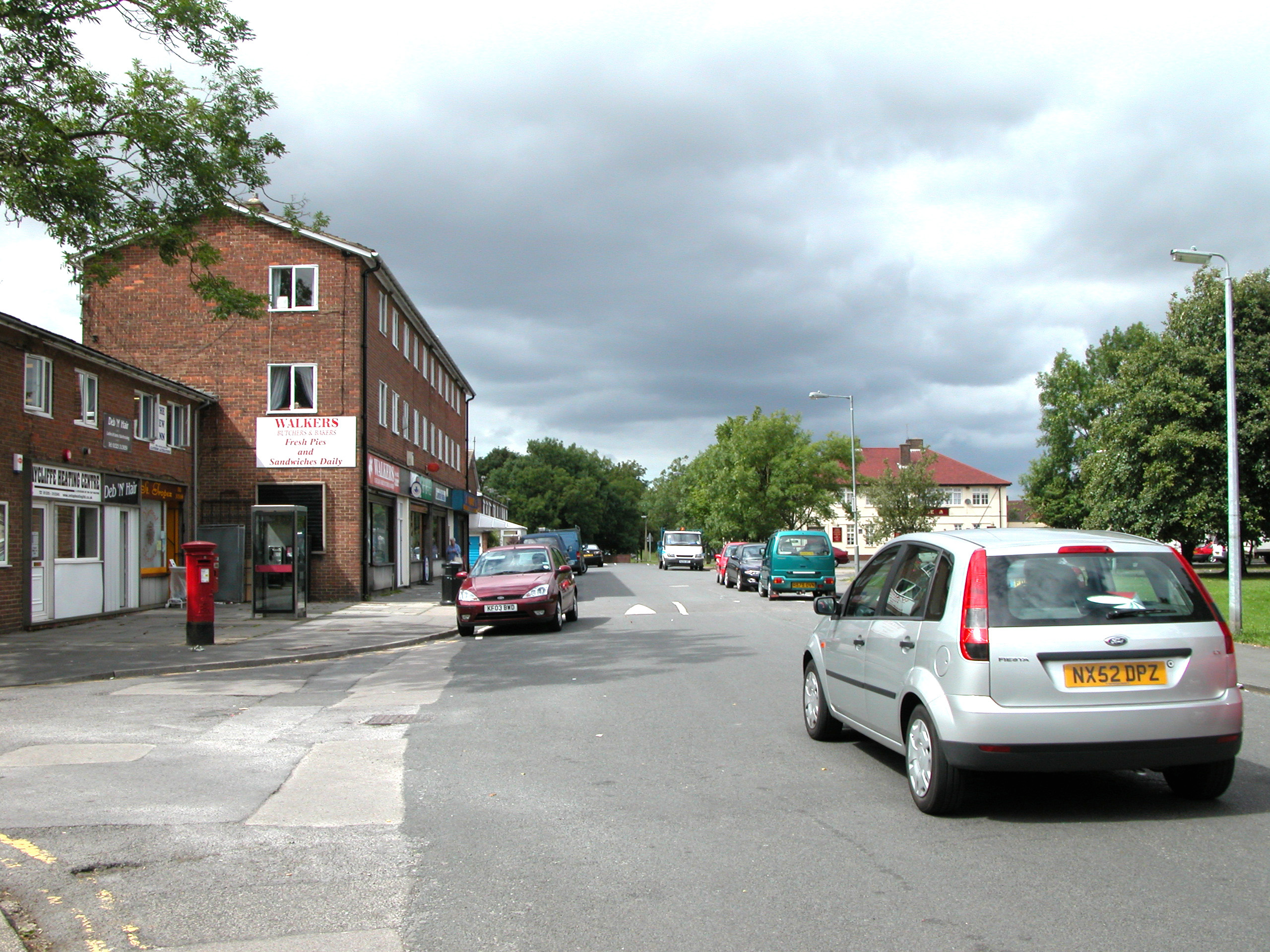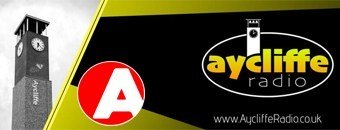Dear Sir,
This week I received a briefing paper which suggests that the government has significantly reduced fuel poverty in County Durham. In places like Barnard Castle and Stanhope, fuel poverty appears to have been *halved*.
How has the government achieved this amazing improvement? It has changed the way we measure fuel poverty!
Previously, if your fuel costs came to 10% or more of your income, you were said to be in ‘fuel poverty’. The Hills Report (2012) changed this, and the government now uses the ‘low-income-high-costs’ formula.
To be regarded as being in fuel poverty nowadays, you have got to have an income which is below 60% of the median (i.e. the measurement of ‘poverty’ used by the DWP) *AND* your fuel has to cost more than a ‘typical’ household.
Thus, only people who are in poverty can be regarded as being in fuel poverty, and then only if they are faced with higher-than-typical fuel costs.
As a result of this change to the formula, the number of people recorded as being in fuel poverty has fallen dramatically. And I am sure that all the people out there struggling trying to pay their energy bills this winter will want to thank the coalition government for that clarification.
If you are feeling the pinch with fuel costs this winter, there are some ideas here: http://bit.ly/KeepingWarm
John D Clare









